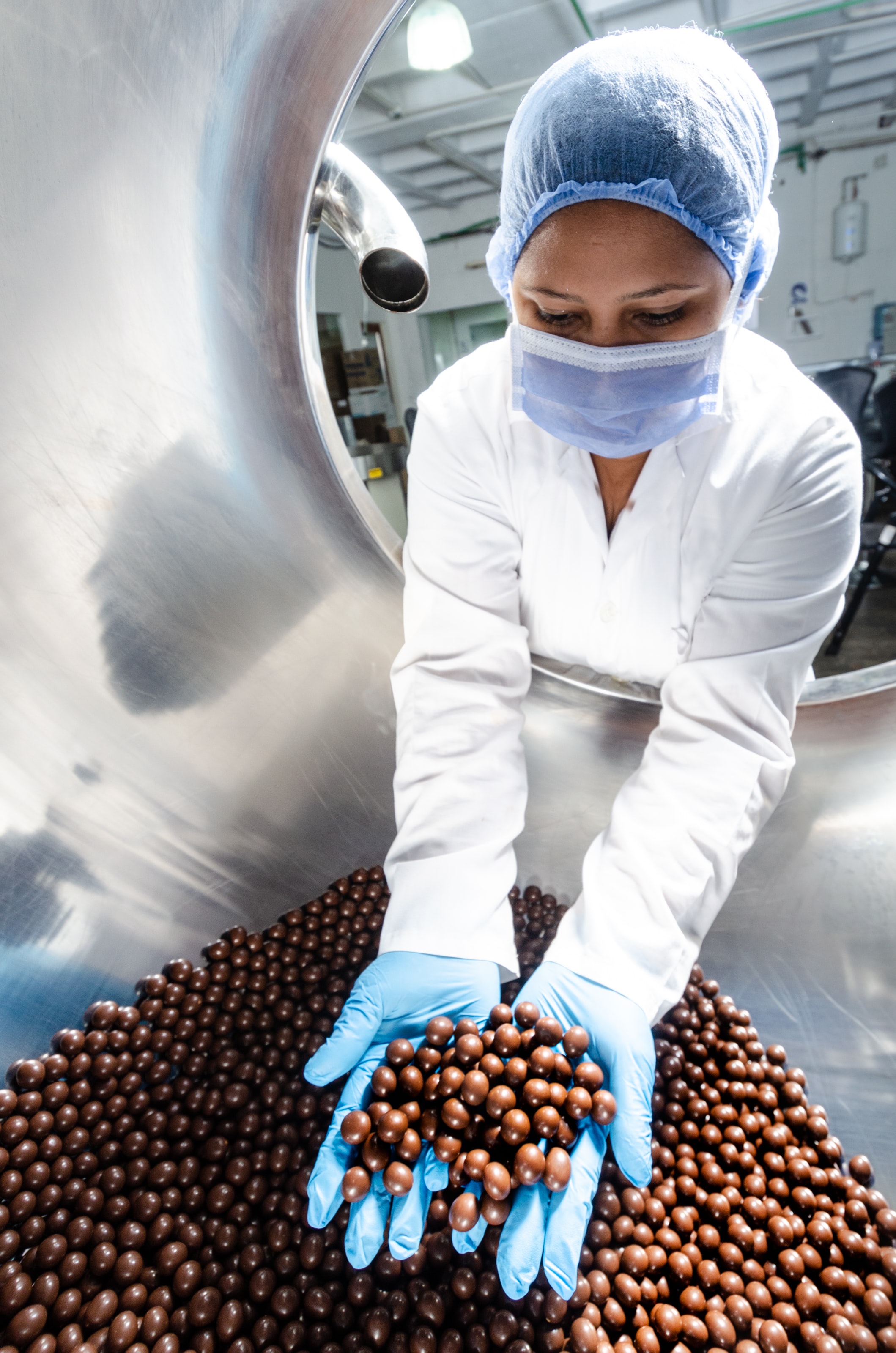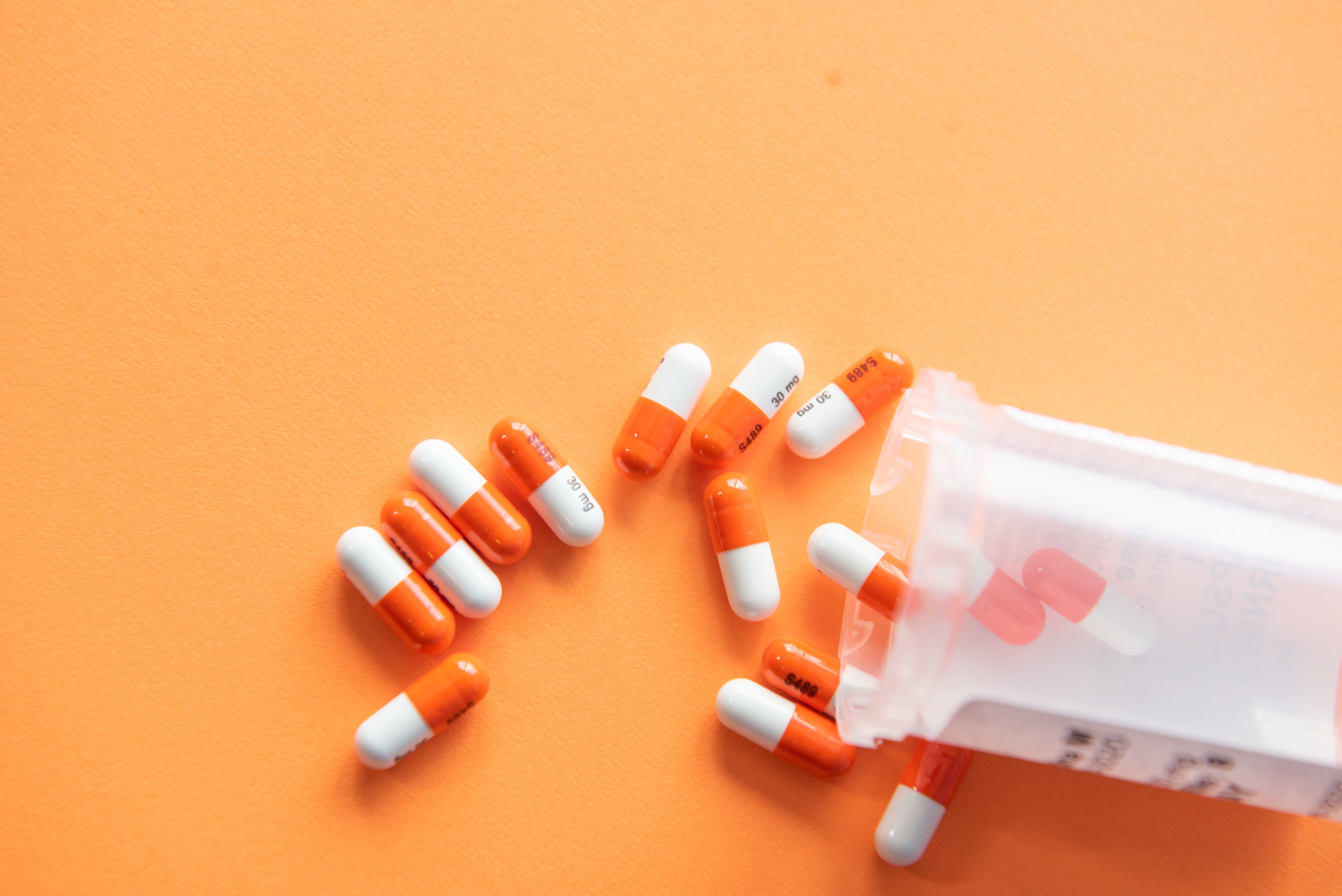It has become more difficult than ever to reach full compliancy – and the risks when not doing so are greater than ever before. For companies wanting to avoid headlines about recalls or dangerous products, automated processes are the way to go. Here's why.
Is your company at risk of product recalls? Take our test today and get a personalized assessment of potential risks.
If you are in a regulated industry, such as the food or pharmaceutical industries, you have probably been in meetings where you have discussed the dangers of recalls. Product recalls caused by faulty products can cause irreversible damage on a brand. Or even worse, actually harm humans, animals, or the environment.
You might even have experienced product recalls yourself. Looking at the numbers of recalls from these past years, it wouldn’t be surprising.
According to Food Navigator, there was a 13% increase of food recalls Europe in 2020, mostly caused by the detection of toxins and pathogens such as salmonella. The numbers from 2021 are not yet finalized, but we do know that many companies are facing issues due to the pandemic and problems with the supply chain. To keep up with production, companies are searching for alternative suppliers, which has led to an increase of food safety risks as the sourcing of ingredients has become more difficult to monitor.
Why companies can’t keep up with an increasingly complex world
Our experience also tells us that there is never only one single root cause for a product recall. You have probably heard the phrase: “The chain is not stronger than its weakest link”. This is truer than ever when it comes to quality and compliance.

The business world is becoming more complex, as companies are working more cross-border. This means that organizations must take different countries – and continents – regulations into consideration. As previously mentioned, a huge number of companies have suppliers in different parts of the world and the pandemic has forced many to take on new, untried partnerships. Without clear and automated processes, this can quickly become an issue.
Look what has happened to the car manufacturers around the globe during these past years, with challenges in the supply-chain leading to a global electrical component shortage. Who got affected by this component shortage in the end?
Moreover, food safety and product quality tend to get in the spotlight at some specific occasions over time, for example when product recalls happen. By then it’s too late, and the damage is already done. But as the different processes of production, shipping, and delivery are becoming more complex, quality control is becoming a topic more and more often. This is necessary for companies wanting to preserve the most valuable thing they (might) have: Consumer trust
There is no easy way to earn consumer trust
Consumer trust is something that must be earned. This is especially true in the food and pharmaceutical industries, as the products most often end up in our bodies in some way. Transparency, consistency, and honest communication are all essential when it comes to this.

To build consumer trust, you must first build trust within your organization and create a culture that lives and breathes product quality and food safety. This can be quite tricky as many companies tend to manage their business-critical processes manually, inconsistently, and not in an agile way.
These are some of the risk factors we often see in companies:
- Supplier risk assessments are performed once per year or even less. From start to finish, it can take days (or even months) for them to be finalized.
- Massive spreadsheets and other unstructured data are used throughout the organization.
- Lab test results, supplier audit performance, risk assessments, incident reports, e-mails conversations, audit reports etc. are managed manually from several sources.
- Supplier risk ranking is a time-consuming process, since all the risk scoring and further assessment in terms of priority and vulnerability is done manually.
- Food safety programs, such as HACCP (Hazard Analysis and Critical Control Points), are managed through huge spreadsheets and shared internally in inefficient ways, without proper permission settings, which puts data security at risk.
- Deviation management system and processes are managed through self-developed solutions in for example SharePoint, or even worse, through several documents on multiple local storage locations.
- Management is inconsistent in the handling of day-to-day deviations in the production since production inefficiency could lead to negative internal KPI results.
- Production maintenance routines and records are managed manually, neglecting the increased risk of hazardous materials ending up in the products.
How to prevent product recalls in 2022
As earlier mentioned, there is no simple way to prevent product recalls. You must invest time in your processes to ensure quality and to make sure that nothing slips through the cracks.
Even though everything else has become more complicated, it doesn’t mean that your processes have to be as well. With automated processes and AI, your employees, suppliers, and customers will receive the correct information at the right time, which increases your safety margins and decreases manual labor.
In short, AI makes everything work together in a smoother fashion, helping you to see risks before they are even an issue. AI is an important part of compliance and a key to a sustainable work environment and production – and therefore, necessary to avoid product recalls in the future.
Take our test to learn more
Is your company at risk of product recalls? Take our test today and get a personalized assessment of potential risks. The test takes two minutes.

